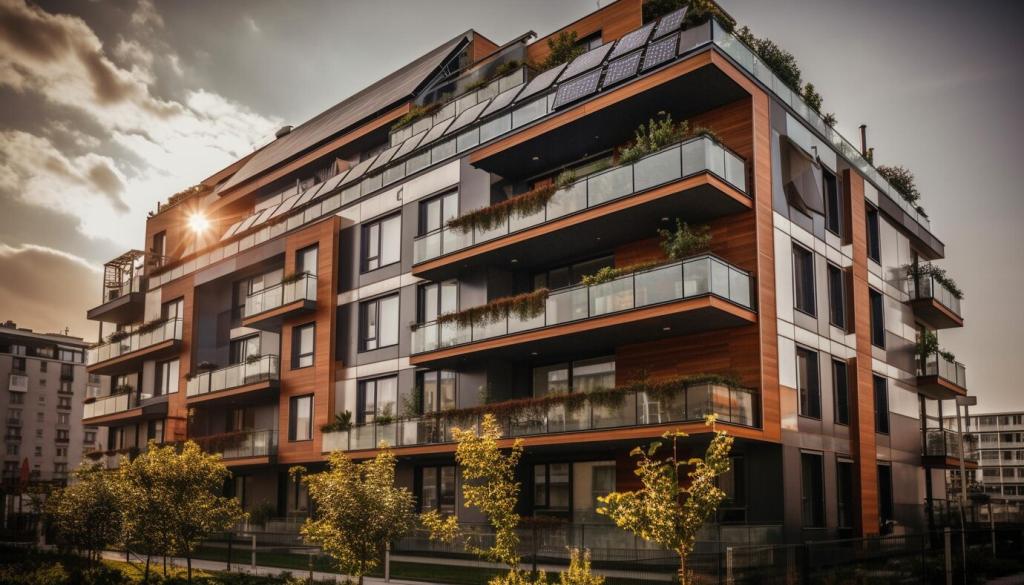Housing Models That Change the Game
Factory-built modules arrive with precision, reducing waste, noise, and neighborhood disruption. Faster timelines lower financing costs and open doors sooner for families. Share your questions about modular homes, and we’ll feature expert answers in an upcoming community Q&A.
Housing Models That Change the Game
Co‑housing blends private apartments with shared kitchens, workshops, gardens, and playrooms. Neighbors plan meals, watch pets, and exchange skills. A grandmother in one community traded sourdough lessons for bike repairs, forging bonds that outlasted lockdowns. Would co‑housing fit your lifestyle?



